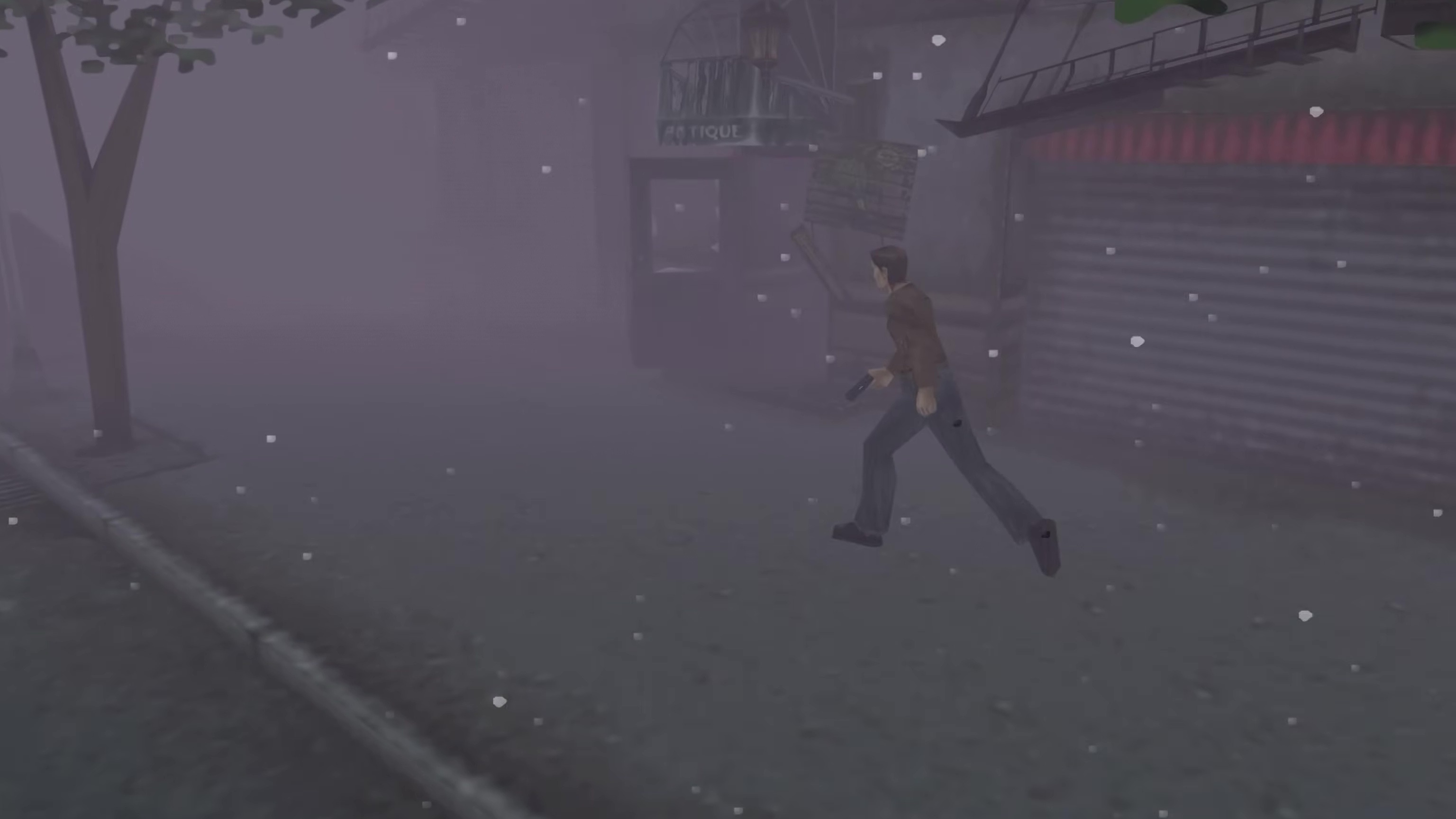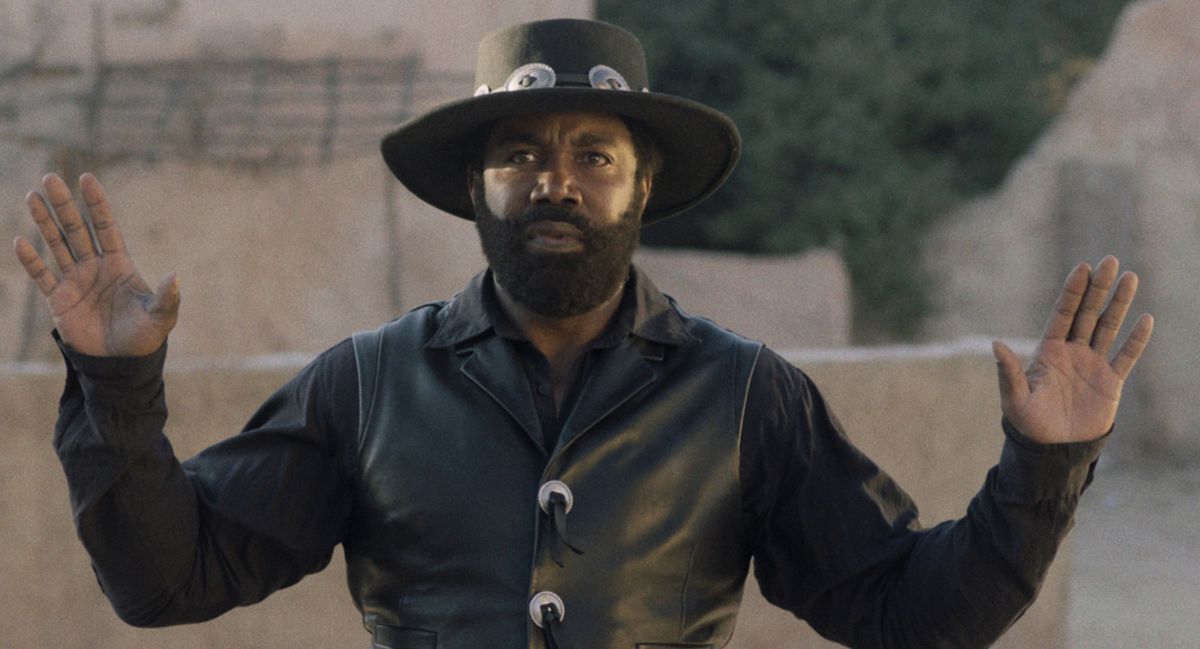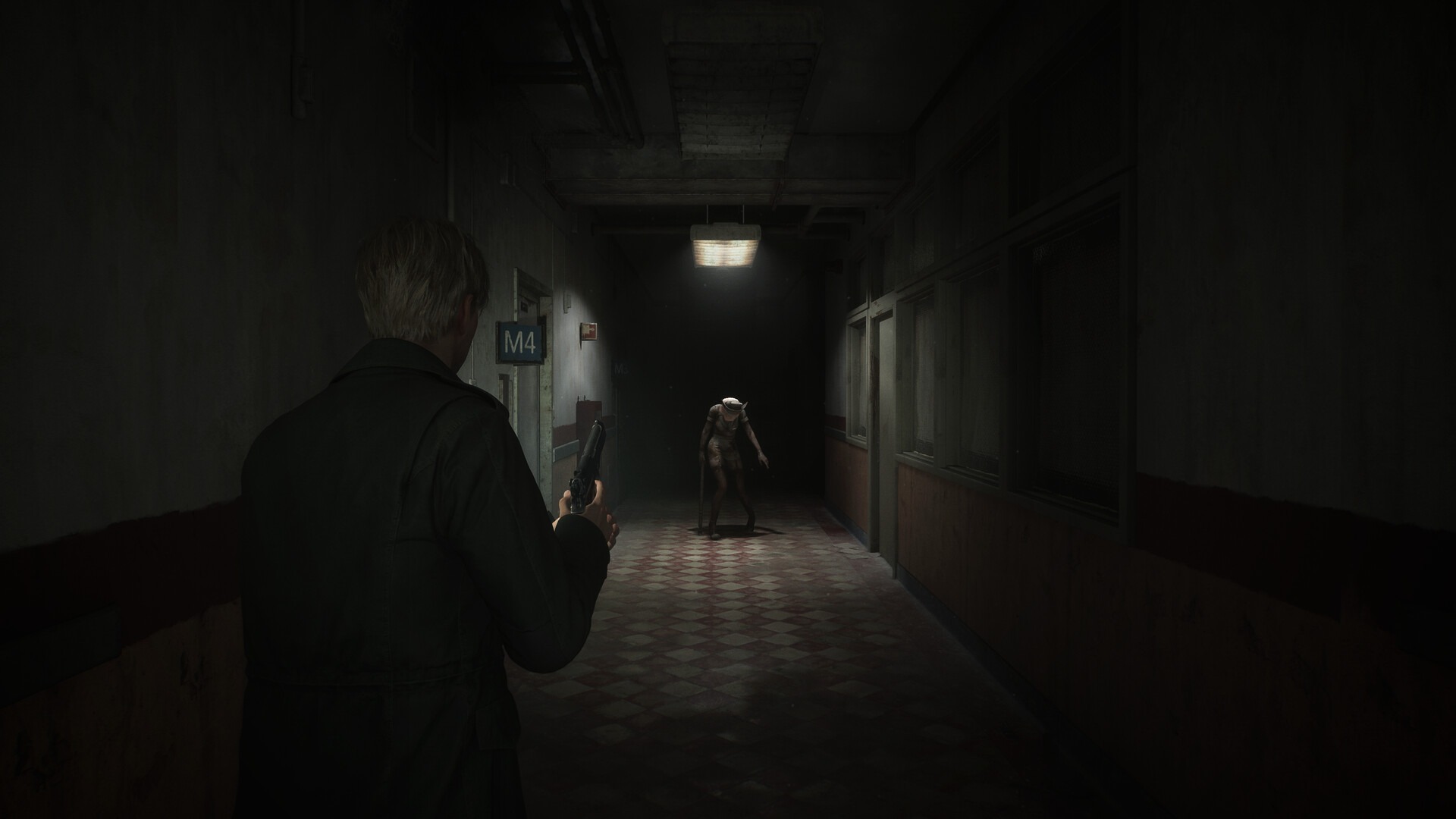While browsing my friends list on Bluesky, I came across a post about the “Marriott Bonvoy Land’’ in Fortnite. Curious as to what that would even look like, I went down the rabbit hole, expecting to suffer through a strange nightmare world of inescapable hotel rooms, or maybe knocking through the walls of a luxury suite with a giant sparkly hammer for a sniper rifle and Slurp Juice.
For a lot of people my age, even ones who actively participate in gaming culture, I suspect Fortnite is probably enshrined in their minds as the mega-popular battle royale that features fast-paced construction and goofy costumes, with a sprinkling of virtual pop culture shenanigans like quasi-live concerts, civil rights memoranda, and movie nights. What I was surprised to find was how much Epic Games has staked Fortnite out as being a platform. When I logged in to find my way to this strange hotel world, I was assaulted by the sheer volume of things you can do within the launcher, many of which are branded custom games made within Fortnite Creative mode. It’s not an accident that scrolling through Epic’s own or creator-built game modes feels like surfing Netflix.
Like many of the brands that have content inside of Fortnite, Marriott Bonvoy’s “land” was farmed out to Zen Creative Studios, which works with companies to “push digital marketing beyond the limits and create engaging experiences and integrations” within the game. This speaks to the company’s ubiquity, when it can support a secondary industry of developers, modelers, and texture artists who grew up working with Epic’s Fortnite engine and continued on collaboration projects with companies that want in on the whole thing. It is less of a cottage industry so much as it is a virtual company town.
:no_upscale()/cdn.vox-cdn.com/uploads/chorus_asset/file/25158333/polygon_fortnite_ariana_grande_fast_travel.png)
When I first landed in Marriott Bonvoy Land, dressed as Ariana Grande, I was greeted by a huge wall of text. It outlined what kinds of games were at each hotel and also clarified that this was, in fact, an ad. The entire place is a very simple city square with a park in the center, flanked by four hotels from chains that Marriott Bonvoy owns. It is a level design so basic that I’ve seen it in just about every genre of 3D game.
I made my way to the first hotel in the square, but not before running directly through the heart of the park, which features “fast travel” options to zip between the hotel lobbies. Given that sprinting around in Fortnite is sort of the point, the idea of using fast travel when I could see the doors of the hotels directly from the park in which I was standing was an amusing convenience. This is a sentiment that would eventually carry through a lot of my time inside of Marriott Bonvoy Land: Keep it moving, don’t think about it too hard, and (marginally) enjoy myself.
The first hotel up was the Moxy, easily the most Gen Z-esque of the four. Moxy is part of Marriott’s budget “Select” brand portfolio, which offers lower-fare hotel stays but not without some condensed perks and quirks. It was very clear to me that this was the “fun” and “playful” type of hotel. The real hotels have check-in desks that double as bars where they hand you cocktails at the door, with compact rooms that overlook art installations and sometimes have bunk beds. It’s like a hostel meets boutique motel but with an eye toward taking selfies.
:no_upscale()/cdn.vox-cdn.com/uploads/chorus_asset/file/25158335/polygon_fortnite_marriott_bonvoy_moxy_lounge.png)
The virtual version, however, only retains some of that artsy but adult spontaneity — this is Fortnite, after all, where the loading screens for custom games currently feature a Lisa Frank-esque pink bear hiding behind a psychedelic rainbow road. Most of the lobby was blocked off but felt at least a little reminiscent of the Moxy pictures I saw online. However, it also featured a concierge NPC doing a typical Fortnite dance emote in a cropped hoodie and leggings.
I had started this custom game on Private mode in order to get a lay of the land without other people around, but it soon became clear that Marriott Bonvoy Land is meant to be social, especially at the Moxy. The lobby’s featured game is a “prop hunt”, which is a popular minigame in Fortnite wherein people turn themselves into duplicates of items in a space and try to remain hidden from the “hunter,” who hits them and turns them back into people.
Taking another short jog around the square led me to the W, which is a luxury hotel chain aimed at older 20- and 30-somethings who want to jet-set around the globe in style. The interior of the lobby was fancy, reminiscent of an art museum. Every hotel lobby had a big checklist of achievements to do with the minigame, as well as a way to visit an example room. For the W, it wasn’t immediately clear how to play, so I checked out said tutorial space. It was a suite with segmented rooms with paper sliding doors in “Japandi” style, but still felt weirdly empty. There was even a far wall that was fully black, indicating that it wasn’t even textured. For a luxury experience, the seams of it being hacked together were showing. I quickly booked it out of the W.
:no_upscale()/cdn.vox-cdn.com/uploads/chorus_asset/file/25158339/polygon_fortnite_marriott_bonvoy_land_autograph.png)
Autograph Collection was up next. Per its website, these hotels are “a collection of independent hotels with vision, design and locale in mind to leave a lasting impression.” A mid-tier “Premium” hotel franchise, it seems to emphasize arts and culture with “unique experiences.” (“Independent” is a strange word to use, given that they are all hotels curated as part of a huge multinational corporation.) This also struck me as the most generic hotel: walls full of the same bookcase and strange, gilded mirrors, which gave way more of a Hogwarts or Beauty and the Beast effect than a historic, tucked-away spot for intellectuals.
This generic feel was also not helped by the hotel’s bespoke minigame — a timed run through the lower floor of the hotel to find keys hidden on tables in various meeting rooms and libraries. The idea of merging hotel brands with gameplay is a hard ask, and Autograph Collection was the one with the most friction; if it’s supposed to be enticing me to stay here in the real world, why was I being encouraged to pay attention to it as little as possible? When I finally retrieved my trophy from a bank vault located in the lobby, I could tell where most of the level design had actually come from.
The last building in the square was the Westin hotel, another “Premium” chain. I spent the most time here, with the featured game being a speedrun gauntlet through a single floor of the hotel. I dashed around luggage carts, through speed boosts, and over hurdles around the gym and pool in order to get my best time. The course has very few actual obstacles, no platforming, and very few places to “sequence break.” It’s not very compelling.
:no_upscale()/cdn.vox-cdn.com/uploads/chorus_asset/file/25158341/polygon_fortnite_marriott_bonvoy_ad_moxy_warrior.png)
In order to give myself the “full” Marriott Bonvoy Land experience, I then booted up a public version of the custom mode — and still felt like a stranger in an empty space. Returning to the Moxy to try the prop hunt, I encountered only two people loading in a few minutes after me. I still played a few rounds and failed pretty hard at both hunting and hiding. A lot of this was due to a lack of explanation about how to use the little Prop-O-Matic ray gun — I couldn’t tell if this was due to oversight or if Fortnite players are familiar with it already. (Still, it was similar to the prop hunt mode in Overwatch 2 I had played.)
I also returned to the W hotel and eventually figured out the minigame: a hunt through the lobby for a code that I then entered into the elevator, which led me to the aforementioned labyrinth. I was excited; here was the surreal Backrooms experience I was actually here to see. After running around a maze level full of identical doors with neon circle lights, I did eventually find a “way out” up some stairs, only to be taken to a second maze, which then led me to yet another maze, finally leading to the roof via another elevator. The mazes were not challenging and mostly required sprinting around until I spotted a way out. Waiting for me was an admittedly beautiful rooftop courtyard. The area also included a DJ spinning tunes and confetti floating down from the trellis, so I kicked it with one of the few dance emotes I had on hand.
All in all, the experience was pretty much what I expected for a marketing collaboration. But I at least tried to meet it halfway. Some of the other custom games Zen Creative has built feature slightly more ambitious gameplay or environments, but they’ve each struck me as a collection of empty theme parks built for an audience that will only ever interact with them fleetingly. It’s all rather strange, and sad.
:no_upscale()/cdn.vox-cdn.com/uploads/chorus_asset/file/25158346/polygon_fortnite_autograph_bookshelves.png)
In the case of Marriott Bonvoy, the weird minimalism and repetitiveness that came from using mostly stock level and clutter assets ironically fell in line with how a lot of people feel about hotel chains in this present era of travel: forgettable and confusing. While some of it was apparent to me because I was looking for those differences, in the end, it was just new wrapping paper around the same old game modes most Fortnite players have played a thousand times.
While I don’t know the particulars of how this brand deal materialized, it seems like it may have been an easy sell to executives: “Stake a claim in a kind of metaverse with better out-of-the-box options for wedging branding in between gameplay elements” (all while not having to deal with Meta). The problem is that it doesn’t do either thing particularly well. But I guess that’s not the point. The people spending money on these modes are usually not familiar with the industry, and the core audience quickly forgets it. What matters in the end is that Epic Games stands to benefit from these relationships regardless, given that it owns all of the virtual land and all of the dream stuff these things are made of.







